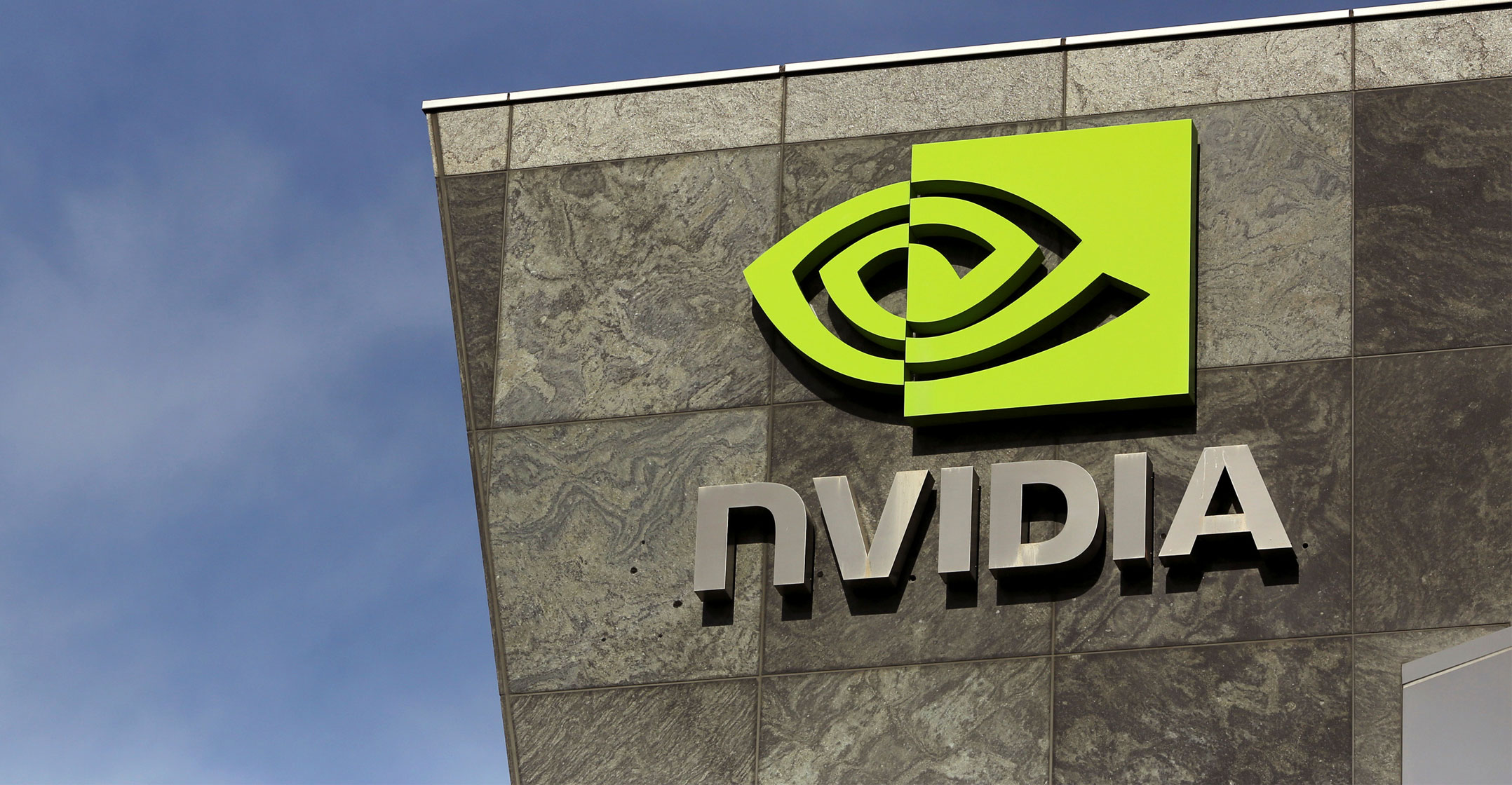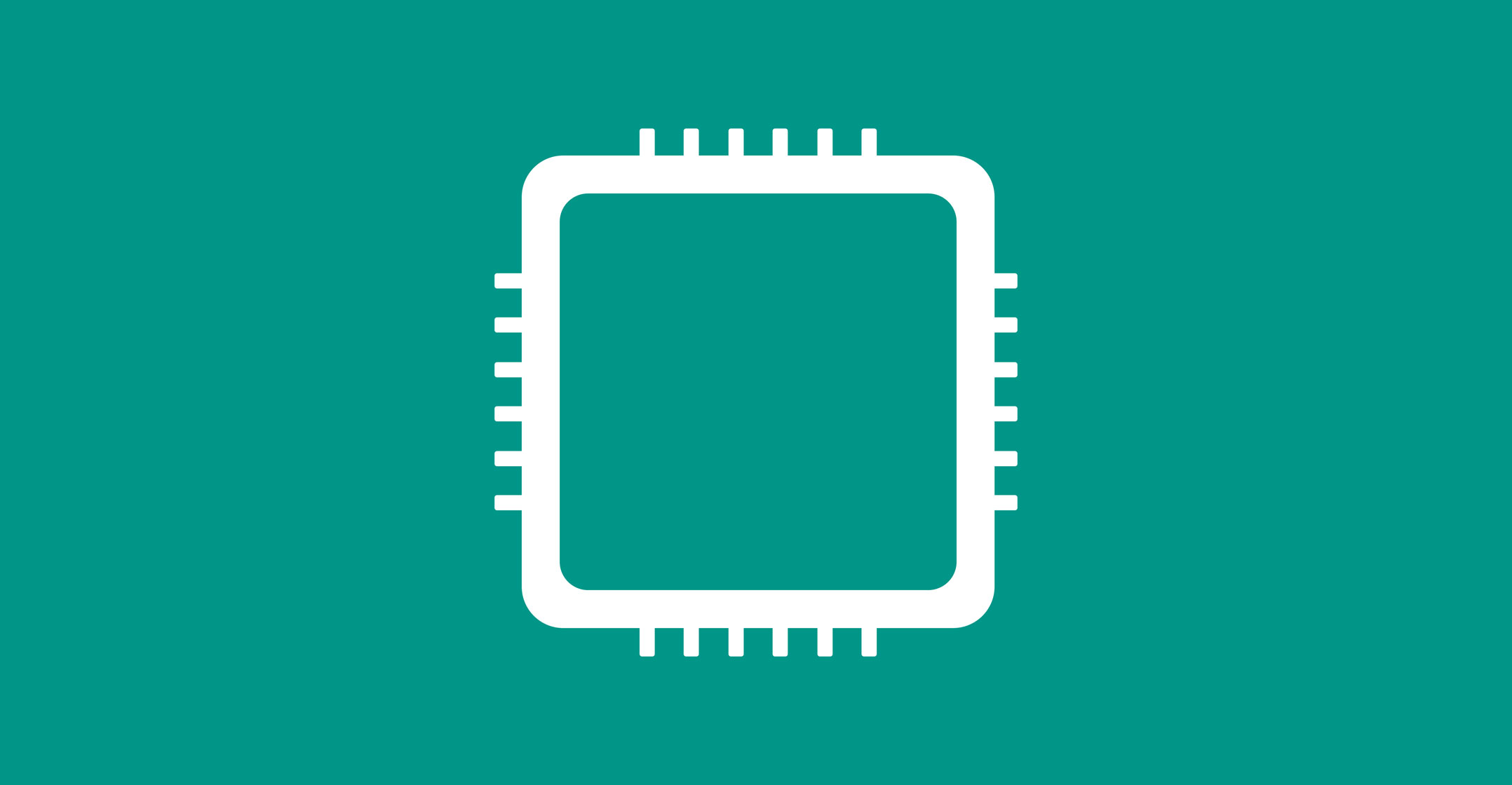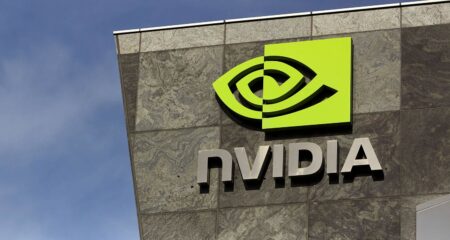 Nvidia is likely to seek EU antitrust approval for its US$54-billion takeover of British chip designer ARM early next month, with regulators expected to launch a full-scale investigation after a preliminary review, people familiar with the matter said.
Nvidia is likely to seek EU antitrust approval for its US$54-billion takeover of British chip designer ARM early next month, with regulators expected to launch a full-scale investigation after a preliminary review, people familiar with the matter said.
The world’s biggest maker of graphics and AI chips announced the ARM deal last year, sparking an immediate backlash in the semiconductor industry.
ARM has long been a neutral player licensing key intellectual property to customers who are otherwise intense rivals, including Qualcomm, Samsung Electronics and Apple.
However, Nvidia said it has garnered the support of ARM customers Broadcom, MediaTek and Marvell, according to a presentation on its website.
A request to the European Commission for approval of the deal will kick off a 25-working day preliminary review. Nvidia is unlikely to offer concessions during this period, the sources said, which will then prompt a 90-working-day full-scale EU investigation.
Deadline
Sources previously said in June that Nvidia may not be able to meet a March 2022 deadline for closing its deal due to European regulators’ reluctance to consider the case until after the northern northern hemisphere summer holidays.
The Financial Times reported earlier that the European Union was set to launch a formal competition probe into the planned takeover early next month.
Britain’s competition regulator said last week that the deal could damage competition and weaken rivals, and required a further lengthy investigation.
 “This transaction will be beneficial to ARM, its licensees, competition and the industry. We are working through the regulatory process and we look forward to engaging with the European Commission to address any concerns they may have.” Nvidia said.
“This transaction will be beneficial to ARM, its licensees, competition and the industry. We are working through the regulatory process and we look forward to engaging with the European Commission to address any concerns they may have.” Nvidia said.
ARM did not immediately respond to a request for comment.
ARM, currently owned by Japan’s SoftBank Group, is a major player in global semiconductors, a sector fundamental to technologies from artificial intelligence and quantum computing to 5G telecommunications networks. Its designs power nearly every smartphone and millions of other devices. — Reported by Ann Maria Shibu, Bhargav Acharya and Anirudh Saligrama, (c) 2021 Reuters




